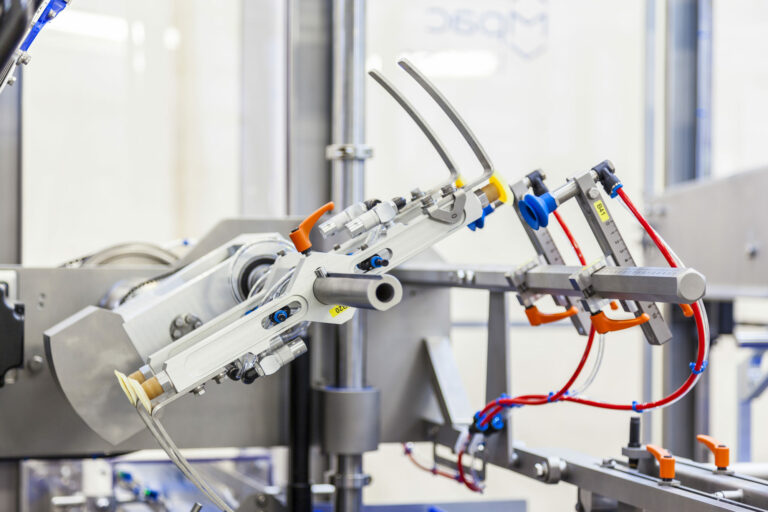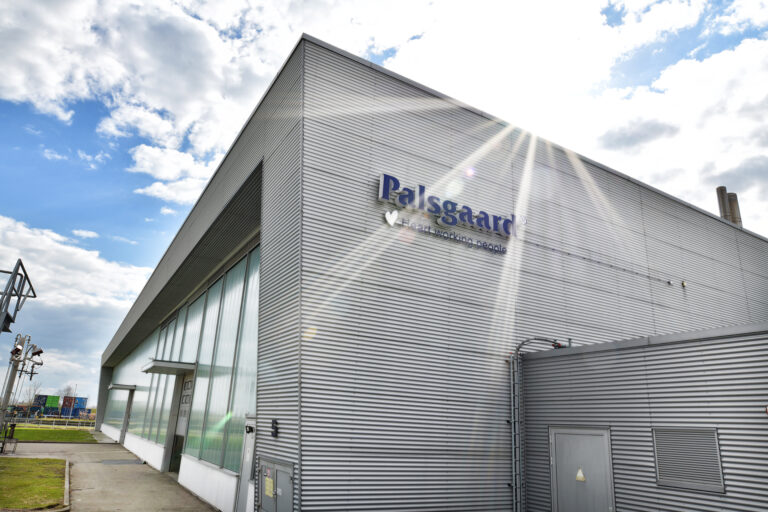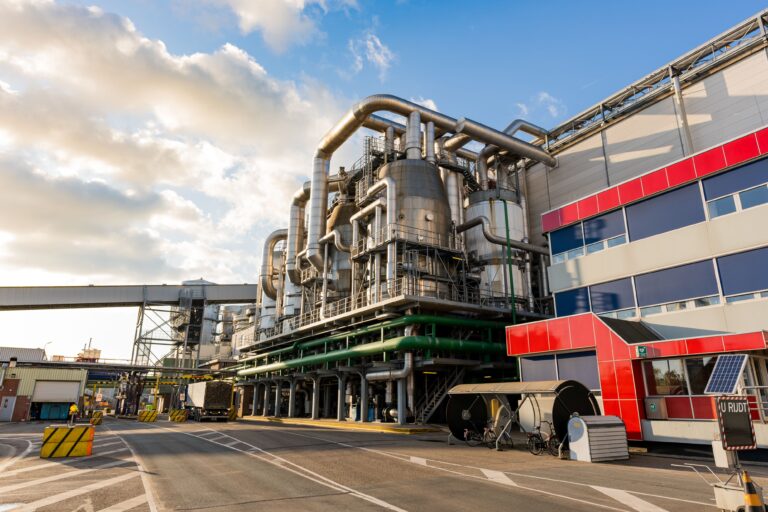Wider market for Mitsubishi turbos
The electrification of the vehicle drivetrain in Europe appears to be taking off at a pace that is yet unparalleled in the rest of the world. Mitsubishi is a global player in the combustion engine market. If the aforementioned trend continues, the multinational certainly expects this market to shrink in the long term. Against this background, the Japanese company has asked MPM’er Erik Woerdeman to upgrade the until recently less exposed aftermarket for turbos. Erik: “Mitsubishi continues to monitor the market. And that means a shift in focus in 2023.”
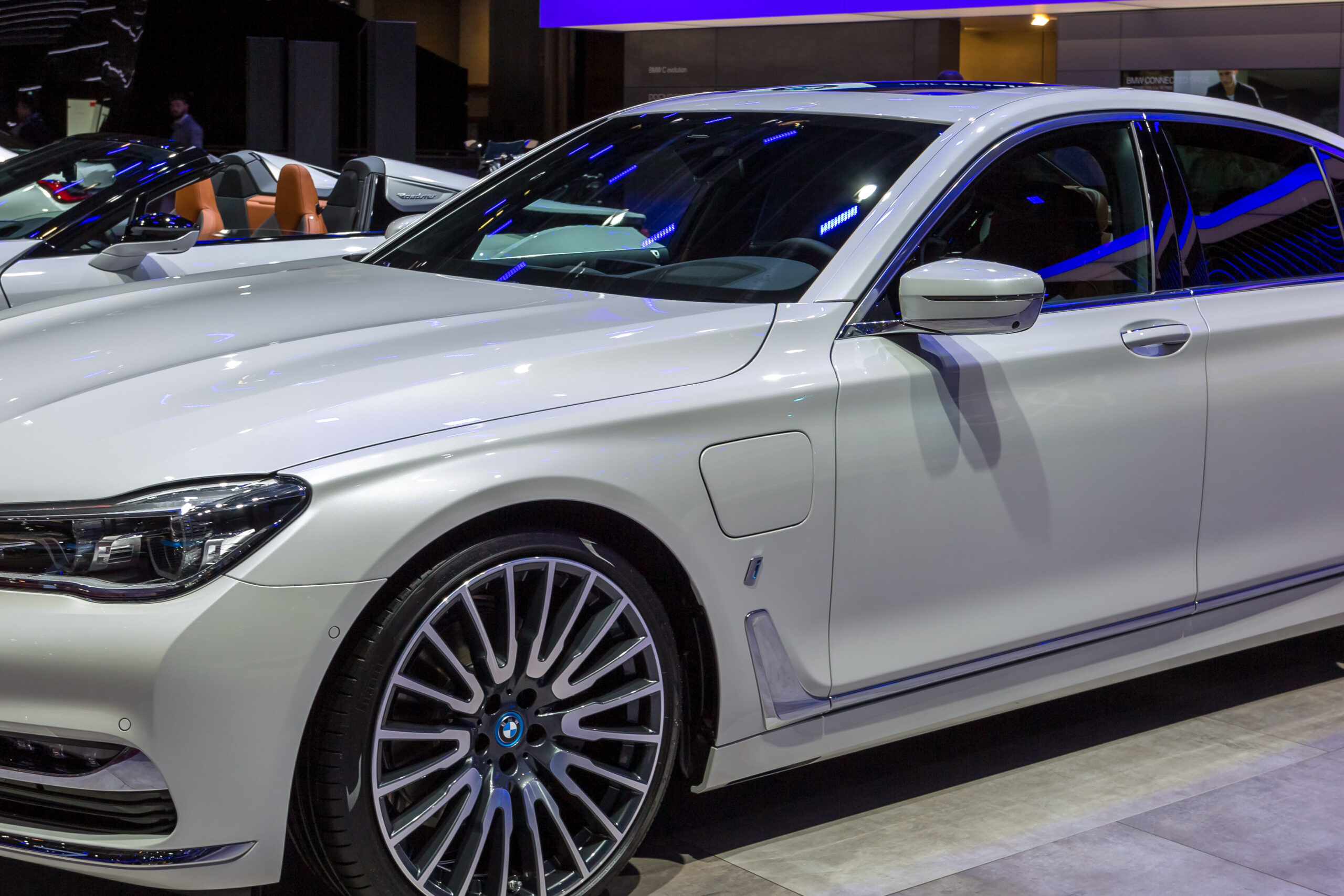
Erik Woerdeman’s client is Mitsubishi Turbochargers & Engines Europe BV in Almere (MTEE). This company is part of Mitsubishi Heavy Industries Engines and Turbochargers Ltd. (MHIET), producer of innovative, advanced turbos for major brands such as Daimler Benz, BMW and other automotive companies. With the shift in focus, Mitsubishi wants to anticipate possible political developments within the European Union as best as possible. A difficult task.
Future of combustion engine
Because it remains to be seen whether and how the above-mentioned trend will actually continue. The EU wants to introduce legislation that will ban the combustion engine from all new cars from 2035. But major car-producing countries – led by Germany – have strongly condemned the proposed legislation. Not without reason: a large part of the German economy is dependent on technology and activity related to combustion engines. With some sense of reality, the European Union has therefore left open to the business community the option of producing combustion engines that use e-fuels. This would mean that Mitsubishi, for the time being, can continue to produce the advanced turbochargers, also for the new market.
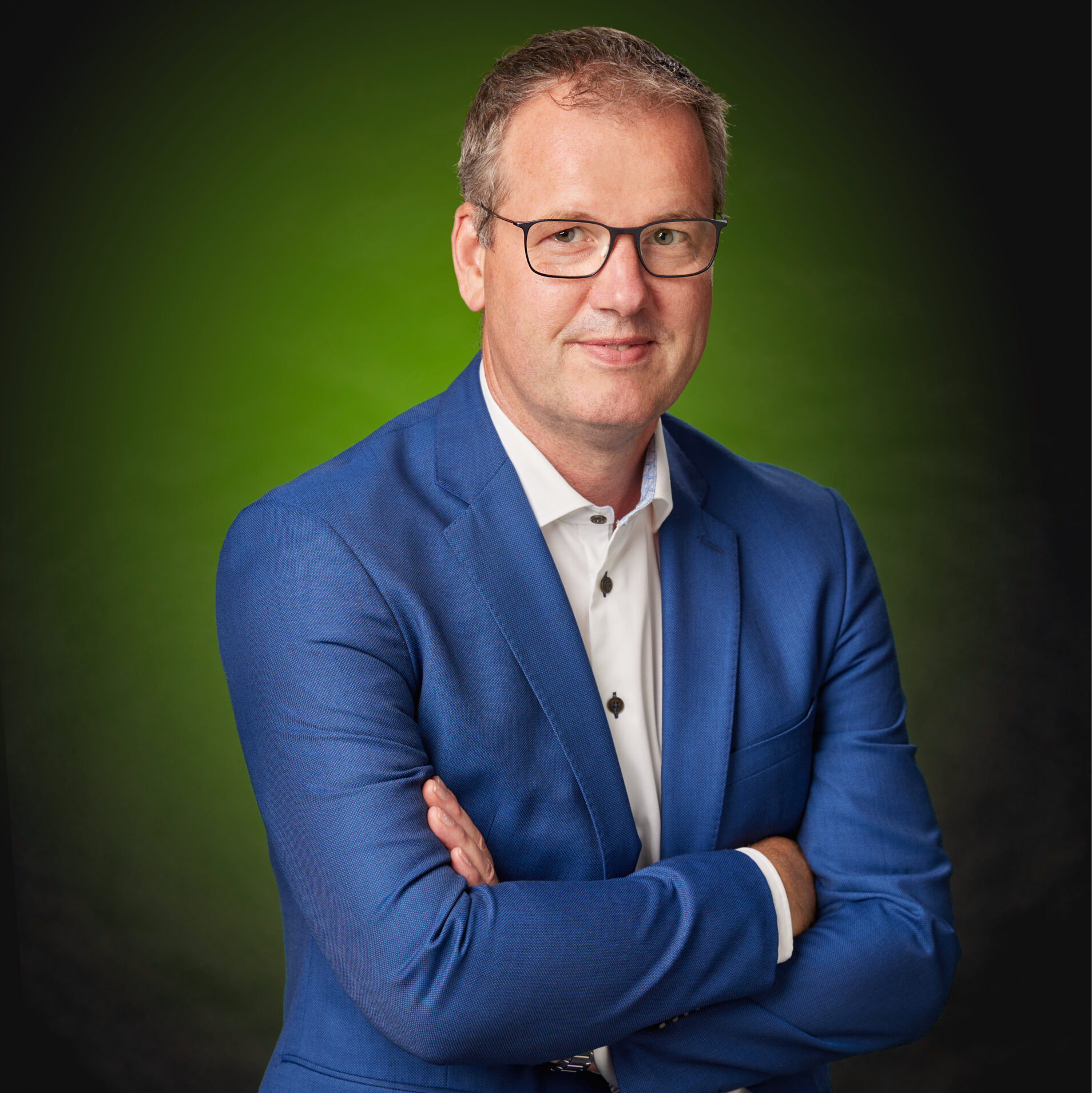
Response to changes
Global player Mitsubishi has decided to remain active in the first-line OEM turbo market. Parallel to this, the group wants to expand its activities in other markets. Erik Woerdeman: “And then we are talking about alternative products that match the growing market for electric cars (EV), but also about the aftermarket in which Mitsubishi has been active for decades.” With this strategy, Mitsubishi believes it has an adequate answer to the changing, still uncertain automotive market.
Shift
With the shift in focus towards the after-market, Mitsubishi wants to reach a new target group: car owners from the upper and mid-range segment who want to continue driving their car even after three to five years. And who visit independent garages for maintenance. Erik: “As manager of the Independent After-market department, it is my job to see how we can grow that market for Mitsubishi.”
After-market

The after-market in the automotive industry supplies parts to independent specialist garages. If they take themselves seriously, they will ensure that they use A-brand parts for repairs or replacements and not the much cheaper Chinese copies. Erik Woerdeman: “Suppose you drive an expensive Mercedes: and the headlight breaks after a number of kilometers. Then you can go to the dealer for a new headlight with the Mercedes logo in it. You can also go to the garage for the same headlight from the same factory, but with the logo of an A-brand in it. Anyone who bought the last six-cylinder BMW probably wants to keep driving that car for as long as possible. If replacement is needed, the car owner prefers to continue driving with the original parts, without paying the top price for them. We will soon be able to supply our original Mitsubishi turbos to him or her via independent specialist garages.”
Wide distribution network
“The key question then is: how do we get that car owner to buy our products and not the cheaper Chinese-made copies? To get the turbos into the parts range of the independent specialist garages, MTEE uses a broad distribution network. We supply to forty distributors throughout Europe and to two distributors in the Middle East. Other MHIET factories serve the rest of the world.”
Re-manufacturing
In addition, Erik Woerdeman has been commissioned to investigate to what extent Mitsubishi Motors Corporation can play a greater role in the re-manufacturing of turbos. Erik: “In the development towards increasingly sustainable products, re-manufacturing is one of the options. This means making existing products as new again. This is also possible with a turbo. It consists of cast iron and aluminum housings with the rotating part in between. In principle, these housings do not wear out. The rotating part also hardly, provided you maintain your car and use the good oil. If this has not happened and the turbo needs to be replaced, we can take a used turbo, remake the rotating part, using current technology, and clean the old housing. The customer then has an as good as new, re-manufactured turbo. To develop this further, we will provide more engineering support in the near future.”
Supply chain
The shrinking market due to electrification is causing a problem in the supply chain. Erik: “Suppliers of cast parts, for example, have left the market, partly because it has declined sharply. Those who do want to deliver will only do so in large volumes. Then we immediately have stock for ten years. The challenge is to properly estimate what the market will do. An alternative is to collaborate with smaller companies that want to produce smaller volumes. So I am looking for people, to expand the business on the sales and purchasing sides and for an answer to the question of what the market wants and can do.”
Grip on complexity
“To get a grip on these complex developments, it is necessary to enter into long-term partnerships with promising smaller production companies. We also want to see to what extent we can apply new techniques such as 3D printing and re-manufacturing to gain a larger share in the after-market.”

